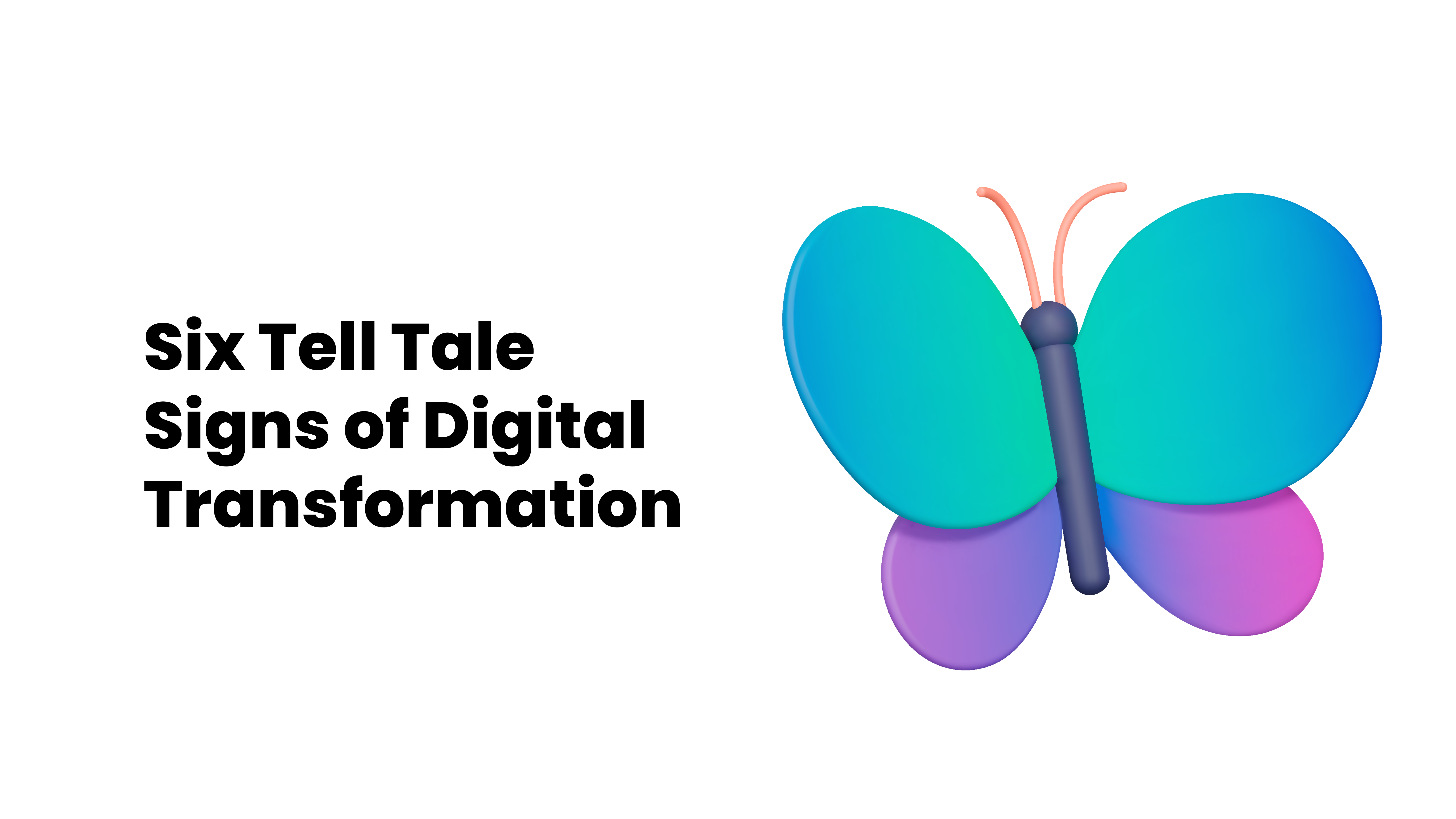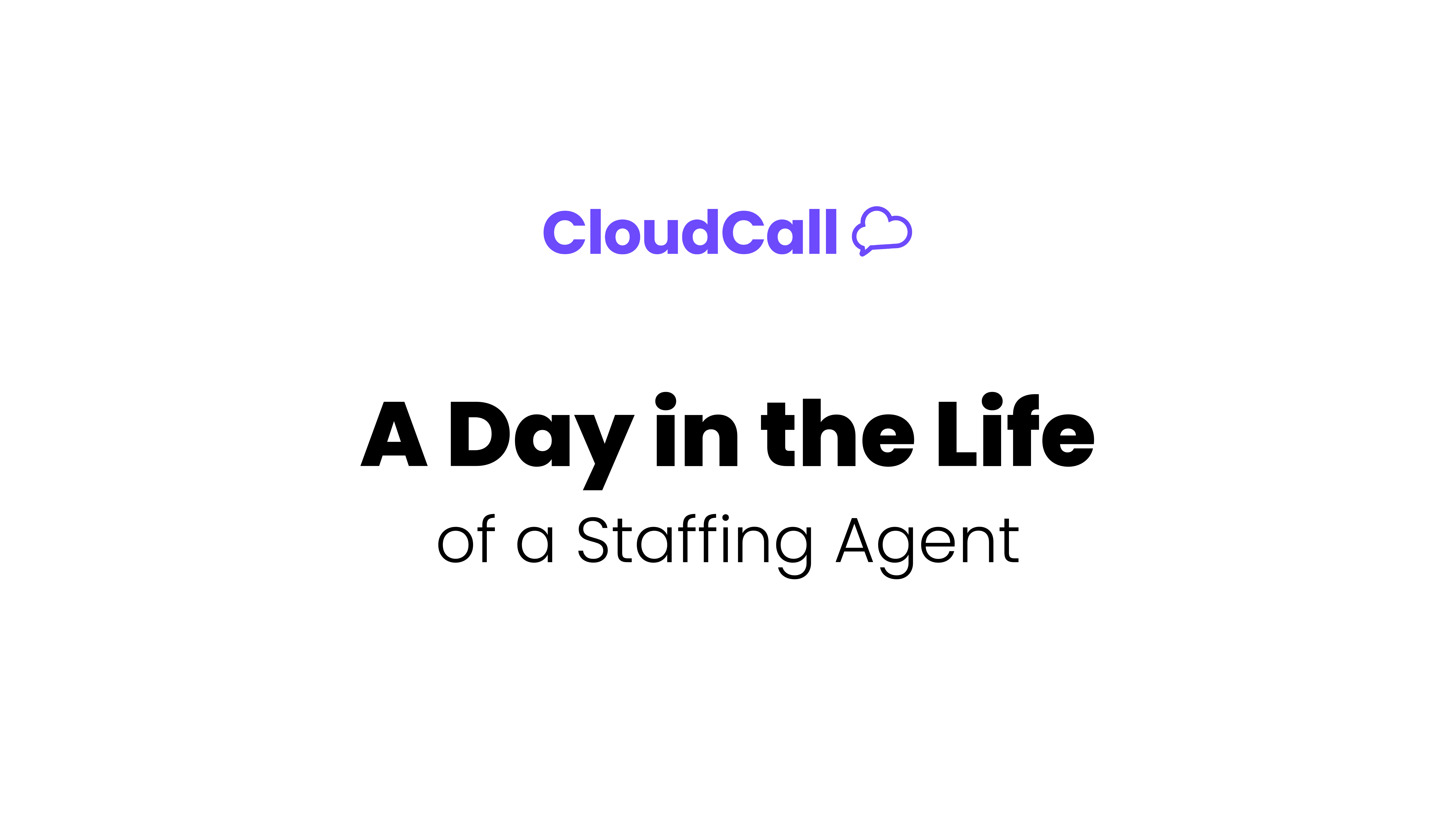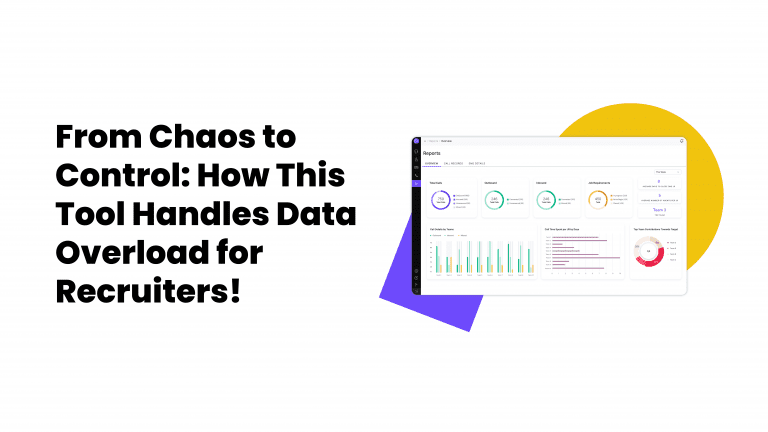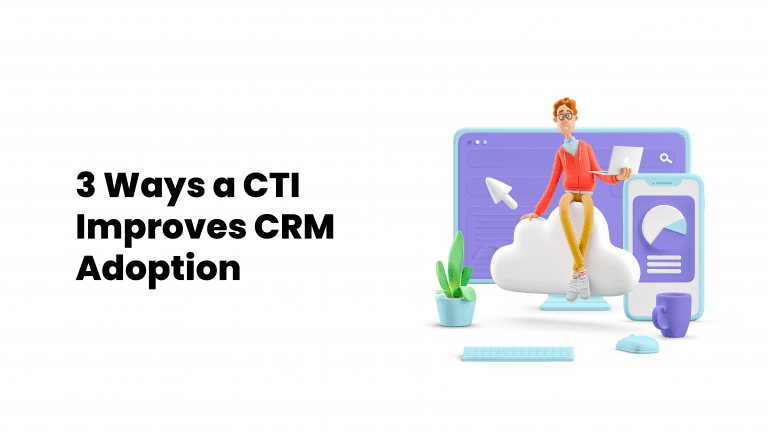Digital transformation is no longer just a buzzword—it’s a necessity. And recognizing the signs of the digital transformation spectrum can help you understand the level of your business technical maturity, to ensure you stay ahead of the curve.
What Is Digital Transformation?
Digital transformation involves integrating digital technologies into all aspects of your business to improve efficiency, value and customer experiences. It’s about thinking how you use technology to boost growth and stay competitive – evaluating everything from legacy systems to adopting new technologies and changing processes. The World Economic Forum reports that taking the plunge into digital transformation can lead to satisfaction spikes of 20-30% among your clients, and economic gains of up to 50%. Going digital means you become more agile, your decisions get smarter thanks to data, and your client engagement will improve. These perks not only boost your profits but also make sure you’re ready to roll with whatever tech trends come next.
Six Tell-Tale Signs of Digital Transformation
1. Increased Focus on Client Experience
The first sign of digital transformation is an increased focus on improving client experiences. In the digital age, customers expect personalized, seamless interactions.
Personalized Interactions
With unified communication systems integrated into your CRM, you can personalize customer interactions by accessing customer data during calls, leading to more meaningful conversations. For instance, agents can see conversation history and access call recordings, allowing them to tailor their communications.

Quick Response Times
Digital tools mean faster response times, satisfying client and candidate needs for immediate responses. Automated chatbots, AI-driven response systems, and real-time data analytics help address client and candidate queries swiftly and efficiently.
Data-Driven Decisions
Access to real-time data helps in making informed decisions that improve candidate and client satisfaction. By using analytics, businesses can predict needs and tailor their services to meet these demands.
2. Adoption of Cloud Technologies
Organizations undergoing a digital transformation often move their operations to the cloud. This is driven by the need for greater flexibility, scalability, and efficiency.
Scalability
Cloud technologies offer scalable solutions that can grow with your business needs. Whether it’s handling increased traffic or expanding storage, cloud services can be easily adjusted without large upfront funds.
Cost Efficiency
Shifting to the cloud reduces the need for physical infrastructure, cutting costs and enhancing efficiency. Businesses save on maintenance, hardware, and energy fees, allowing them to distribute funds more effectively.
Remote Work Enablement
Cloud technologies help remote work, allowing staffing and recruitment teams to collaborate seamlessly from anywhere. This flexibility is crucial in today’s hybrid work environment, guaranteeing stability and productivity whether you’re at home or in the office.
3. Integration of Advanced Analytics
The use of analytics is a clear indicator of digital transformation. Analytics tools offer deep insights into business operations and candidate behavior, driving smarter decision-making.
Predictive Analytics
Predictive analytics helps businesses predict client and candidate needs and market trends. By analyzing data, companies can forecast future behaviors and adjust their strategies.
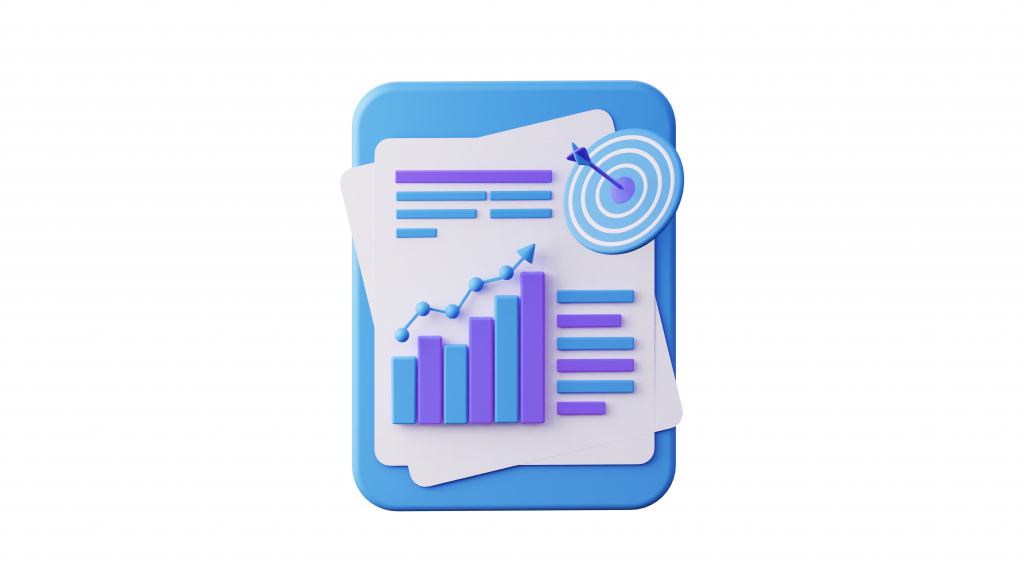
Performance Metrics
Advanced analytics provide insights into performance metrics, empowering recruiters to develop their skills. Businesses can check KPIs and adjust processes to boost efficiency and effectiveness.
Actionable Insights
These tools turn raw data into actionable insights, helping teams to make more strategic decisions. For example, candidate sentiment analysis can reveal insights into their enthusiasm, attitudes, and overall behaviors.
4. Streamlined Operations with Automation
Automation is a key part of digital transformation, simplifying complex or menial processes and reducing manual effort.
Workflow Automation
Moving between spreadsheets, note-taking tools, and address books can really eat up your team’s time. When you think about every agent doing this every day, the productivity gap becomes clear. Automating workflows reduces manual labor, freeing up time for more strategic tasks.
Reduced Errors
Automation reduces human errors, providing more accurate results. Automated systems are less prone to mistakes, leading to higher quality outputs and fewer corrections needed. Auto-syncing all your data to your CRM and creating automated workflows, so your staffing team can concentrate on what really matters.
Enhanced Productivity
By automating repetitive tasks, businesses can enhance overall productivity and efficiency. Employees can focus on higher-value activities such as making more placements.
5. Enhanced Collaboration Tools
Digital transformation often includes the adoption of tools that improve collaboration. These tools are essential for nurturing communication and teamwork in a dynamic work environment.
Unified Communication Platforms
Unified communication platforms integrate various communication channels, boosting collaboration. These platforms can combine voice, messaging, and file sharing into a single interface, making it simpler for teams to stay connected.
Project Management Tools
Project management tools help teams stay organized and on track. Features like task assignments, timelines, and progress tracking ensure that everyone is aligned, and projects are completed efficiently.
Real-Time Collaboration
Real-time collaboration tools enable instant communication, enabling better teamwork and productivity so team members can work together seamlessly, wherever they are.
6. A Focus on Cybersecurity
Robust cybersecurity measures are becoming increasingly vital. Protecting sensitive data and keeping client and candidate trust are essential in a digital-first business environment.
Advanced Threat Detection
These systems use AI and machine learning to find and lessen potential security threats in real-time, providing an added layer of protection.
Data Encryption
Encryption of data ensures that even if data is captured, it cannot be easily accessed or tampered with by hackers.
Compliance with Regulations
Following regulatory laws such as GDPR, HIPAA, and CCPA is a clear indicator of digital maturity. It not only protects your organization from the legal consequences but also enhances your reputation as a trustworthy organization.
The Role of CTI in Digital Transformation
CTI (Computer Telephony Integration) enables businesses to manage phone calls through their computer systems. When integrated with a CRM, CTI can significantly enhance candidate and client interactions and business efficiency. Here’s how:
Streamlined Data Collection
CTI allows for automatic data collection during phone calls, reducing manual input and increasing accuracy. This ensures that all candidate and client interactions are documented and available for future reference via Call Recordings and Transcripts synced to CRM records.
Personalized Interactions
With access to candidate and client information, agents can provide a more personalized experience, leading to increased satisfaction and loyalty.
Improved Productivity
CTI ends the need for manual call logging and time-consuming tasks. This frees up time for agents to focus on what matters most – having conversations.
Omnichannel Communication
As candidates and clients become more tech-savvy, businesses must be able to communicate with them through multiple channels seamlessly. Omnichannel communication is an essential part of digital transformation, ensuring that they receive consistent and responsive service across all platforms.
Why should you care?
Digital transformation is no longer a matter of if, but when, for businesses. By recognizing the signs of digital transformation in your organization and understanding the role of CTI in streamlining processes, you can stay ahead of the curve and ensure long-term success. Embracing digital transformation will not only help your business’s bottom line, but also improve candidate and client experiences and enhance overall business efficiency.
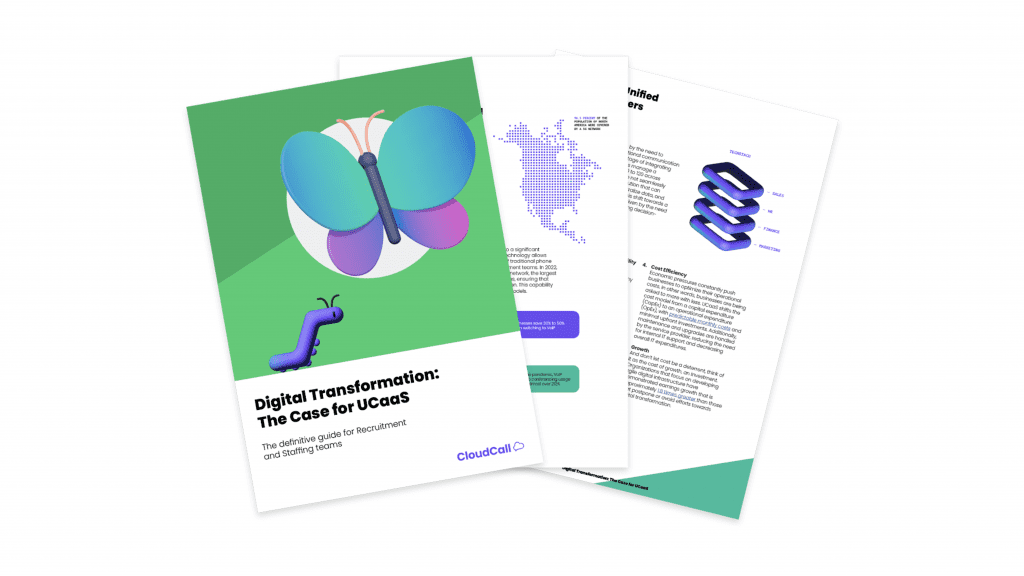
Ready to take the next step in your digital transformation journey? Consider integrating CTI with your CRM to unlock a multitude of benefits. For more insights and personalized advice, reach out to our knowledgeable team for a tech audit and find out how we can support your transformation efforts.

